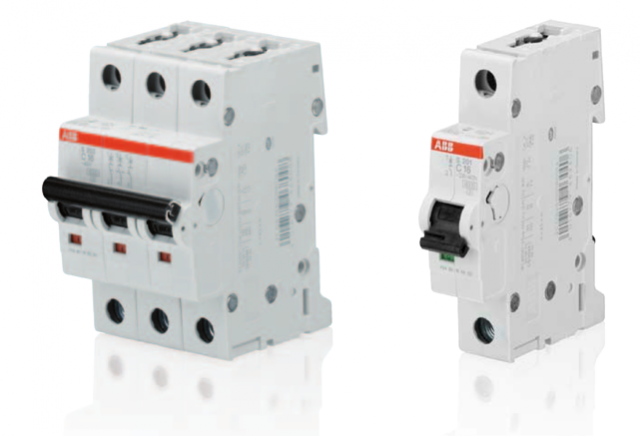International Standards
Protection of human life, Equipment against earth leakage is an important aspect which needs to be taken into consideration. There are different international standards which are clearly defining guidelines for selection of earth leakage protection devices. Depending on application areas, products complying with these standards are to be considered. The standards are
- IEC 61008 – Residual current operated circuit breakers without integral overcurrent protection for Household and similar applications
- IEC 61009 – Residual current operated circuit breakers with integral overcurrent protection for Household and similar applications
- IEC 60947-2 Low-voltage switchgear and controlgear – Part 2: Circuit-breakers
- Annexure B – Circuit breakers incorporating residual current protection
- Annexure M – Modular residual current devices (MRCD) without integral current breaking devices.
It is clear that there are different standards which are in place depending applications. The selection of these devices becomes very critical as user. We had discussed in our previous journal about IEC 61008.
Comparison
Both Earth Leakage Circuit Breaker (ELCB) and Residual Current Circuit Breaker (RCCB) are safety devices used in electrical installations to prevent electric shock and minimize the risks of electrical fires.
They operate by detecting an imbalance between the live and neutral currents, which might indicate a fault (like a person getting an electric shock). Despite their similar function, there are key differences between the two protective devices.
- Principle of Operation
- ELCB: It detects the earth fault. The main principle of ELCB is to compare the balance between two sets of coils (one for live and the other for neutral). If there's a slight difference, the ELCB will trip.
- RCCB: It detects an imbalance between the live and neutral. If the current going through the live wire does not return through the neutral wire, there might be a leakage which leads the RCCB to trip.
- Sensitivity
- ELCB: Older versions of ELCB might not be as sensitive as RCCB and can have a delay in tripping.
- RCCB: RCCBs are designed to be highly sensitive to small changes in current imbalance, often tripping within 30 milliseconds of a fault.
- Type of Current Detected
- ELCB: Detects voltages on earthed equipment. There are two types of ELCBs: voltage ELCB and current ELCB. The voltage ELCB detects a rise in voltage between the earthed metal and the earth. Current ELCB, however, operates similarly to an RCCB.
- RCCB: Detects imbalances between live and neutral, irrespective of the earth connection.
- Connection
- ELCB Connected to the main power system through the earth wire. This means the earth wire is a part of its operating system.
- RCCB: Operates without needing a connection to the earth, and only monitors the difference between live and neutral currents.
- Uses
- ELCB: Now less commonly used and is considered outdated in many countries.
- RCCB: More commonly used and considered a more advanced and safer technology.
- Application
- ELCB: Mostly used in older installations.
- RCCB: Suitable for both old and new installations. Often, they are integrated into RCBOs (Residual Current Circuit Breaker with Overload protection) which combine the properties of RCCB with MCB (Miniature Circuit Breaker) for overload and short circuit protection.
- Limitation
- ELCB: Might not work effectively if the earth wire's resistance is high or the connection is poor.
- RCCB: Only detects differential currents, so they don't provide protection against overloads or short circuits.
Which to Use
In modern electrical installations, the use of RCCB or RCBO is preferred over traditional ELCBs due to their higher sensitivity and better reliability. If you're considering safety upgrades to your electrical system, it might be wise to consult with an electrician about the best options available.
